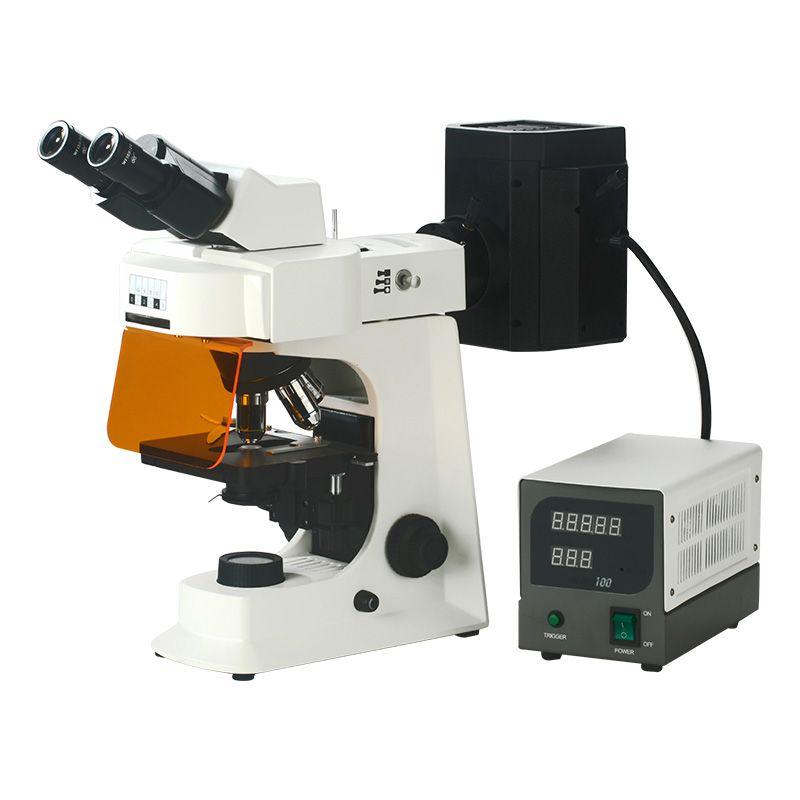What Uses Can Inverted Microscopes Be Put To?

Inverted microscopes can be used for a variety of purposes, including:
l Live cell imaging: Inverted microscopes are ideal for live cell imaging because they allow scientists to view cells in their natural environment, such as in a Petri dish or tissue culture flask. This is because the stage of an inverted microscope is located below the objective lens, so the cells are not disturbed when they are being viewed.
l Micromanipulation: Inverted microscopes are also commonly used for micromanipulation, which is the process of manipulating cells or other small objects using specialized tools. This is because the stage of an inverted microscope is accessible from above, so scientists can easily insert and manipulate tools.
l Pathology: Inverted microscopes are also used in pathology to diagnose diseases and study the effects of treatments. For example, inverted microscopes are used to examine blood smears for leukemia cells and to examine tissue samples for tumors.
l Quality control: Inverted microscopes are also used in a variety of industrial applications, such as quality control and materials testing. For example, inverted microscopes are used to inspect electronic components for defects and to analyze the structure of materials.
inverted microscopes are versatile instruments that can be used to study a variety of specimens. They are particularly useful for examining living cells, tissues, and specimens that are difficult to mount on an upright microscope.
- Art
- Causes
- Crafts
- Dance
- Drinks
- Film
- Fitness
- Food
- Jocuri
- Gardening
- Health
- Home
- Literature
- Music
- Networking
- Alte
- Party
- Religion
- Shopping
- Sports
- Theater
- Wellness


